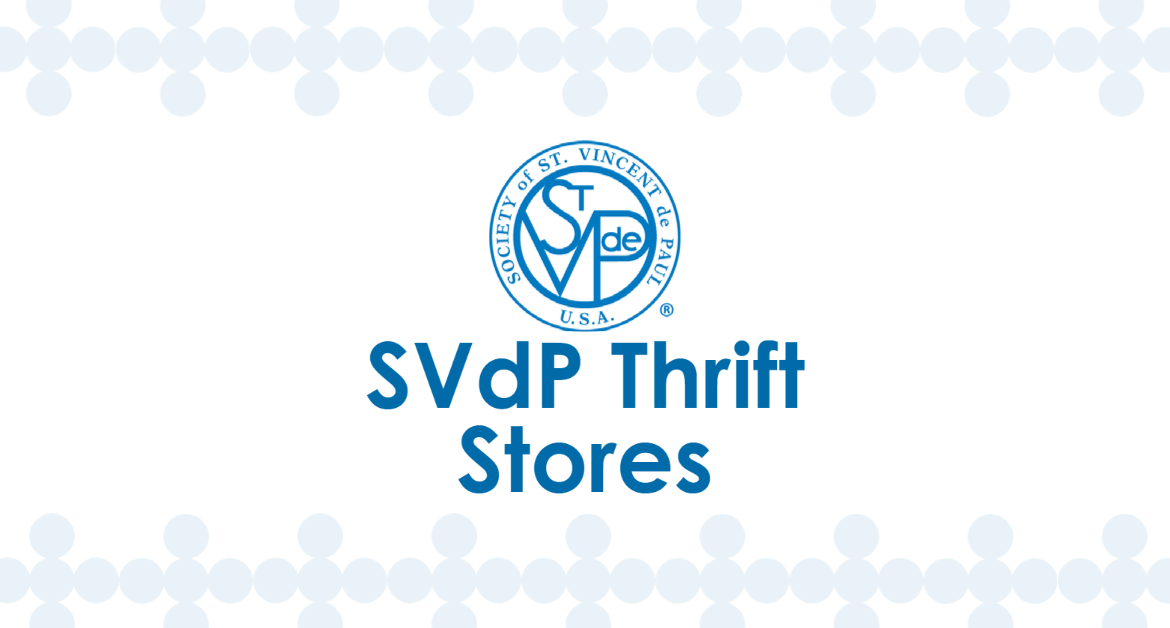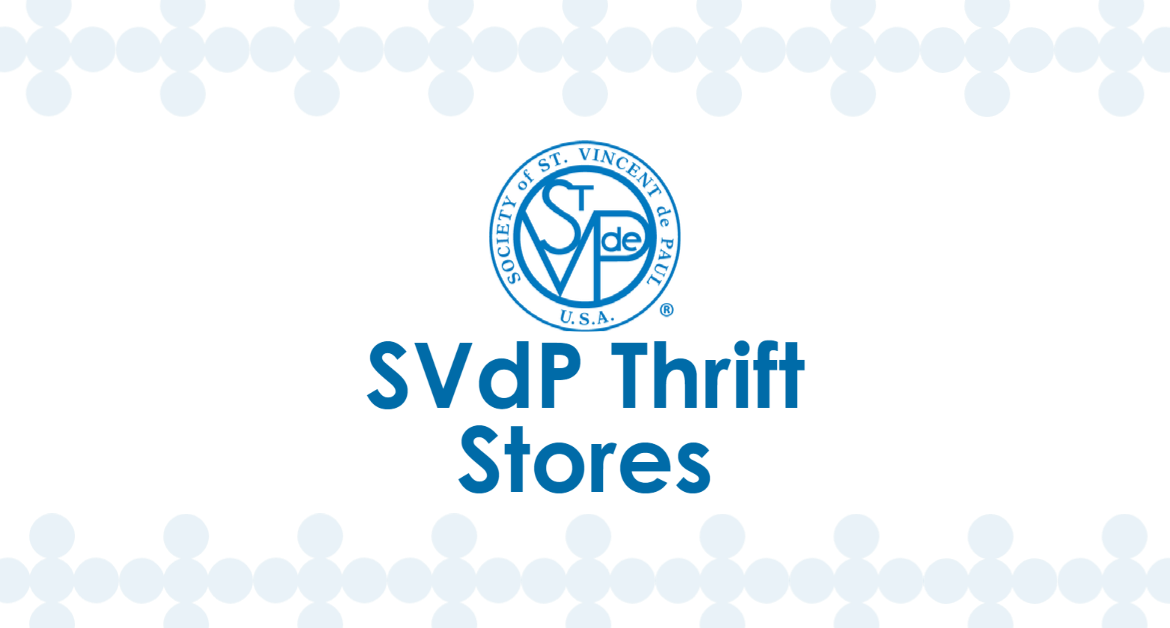Does your store have a Safety Committee?
By James Conley, National Store Support Manager
The safety of not only our employees but also our customers should be top of mind for every store, every day. Safety is a culture that must be created within each individual store for it to be a priority. Does your store have a Safety Culture? Does your store have a Safety Committee? Does your store have monthly safety focuses? Does your store have safety classes? Below we are going to discuss the importance of every component of these and by combining all of them, you too will create a safety culture within your store!
What is the importance of having a Safety Culture?
- It creates an atmosphere of empowerment for everyone to make safety a priority.
- It improves employee and customer well-being.
- It allows employees to speak up about safety concerns without fear of retaliation.
- It drives communication in your store by talking about safety issues.
- Finally, IT HELPS TO REDUCE ACCIDENTS!!!!
What is the importance of having a Safety Committee?
- It brings together employees and management in a safe environment where they can discuss current and potential safety issues.
- It creates employee engagement by giving your employees a platform to discuss issues.
- It helps to make new policies that will help reduce the issues by identifying them and then figuring out how to prevent them in the future.
- It creates an avenue to determine what safety training you need in your store.
- Cost reduction!!!! Less accidents = Less Cost
Does your store have monthly safety focuses?
- Alertmedia.com/blog is a great website to find topics for your safety meetings, morning huddles, etc. Check out their most recent safety article here: https://www.alertmedia.com/blog/winter-workplace-safety-tips/
- Talking everyday about safety helps to reinforce the culture around safety.
- Throughout the year different months can create different safety issues. By addressing those within the month it helps to prevent accidents.
- It will reinforce the training programs you have put into place and identify where more training is needed.
Does your store have safety Classes/Training?
- It gives your employees the knowledge to create a safe environment for all.
- It allows employees to see potential hazards before they become an issue.
- It gives employees knowledge on how to operate equipment safely.
As you can see safety is an important facet in every store. We want our employees and customers to go home the same way they came in! By giving employees, a voice through safety programs, safety committees, and the monthly safety focus topics, it helps to create safety awareness every day.
REDUCING ACCIDENTS = HIGHER MORALE = HIGHER SALES = REDUCED TURNOVER
If you have questions, please email our Director of Stores Support-Jeff Beamguard at jbeamguard@svdpusa.org.




